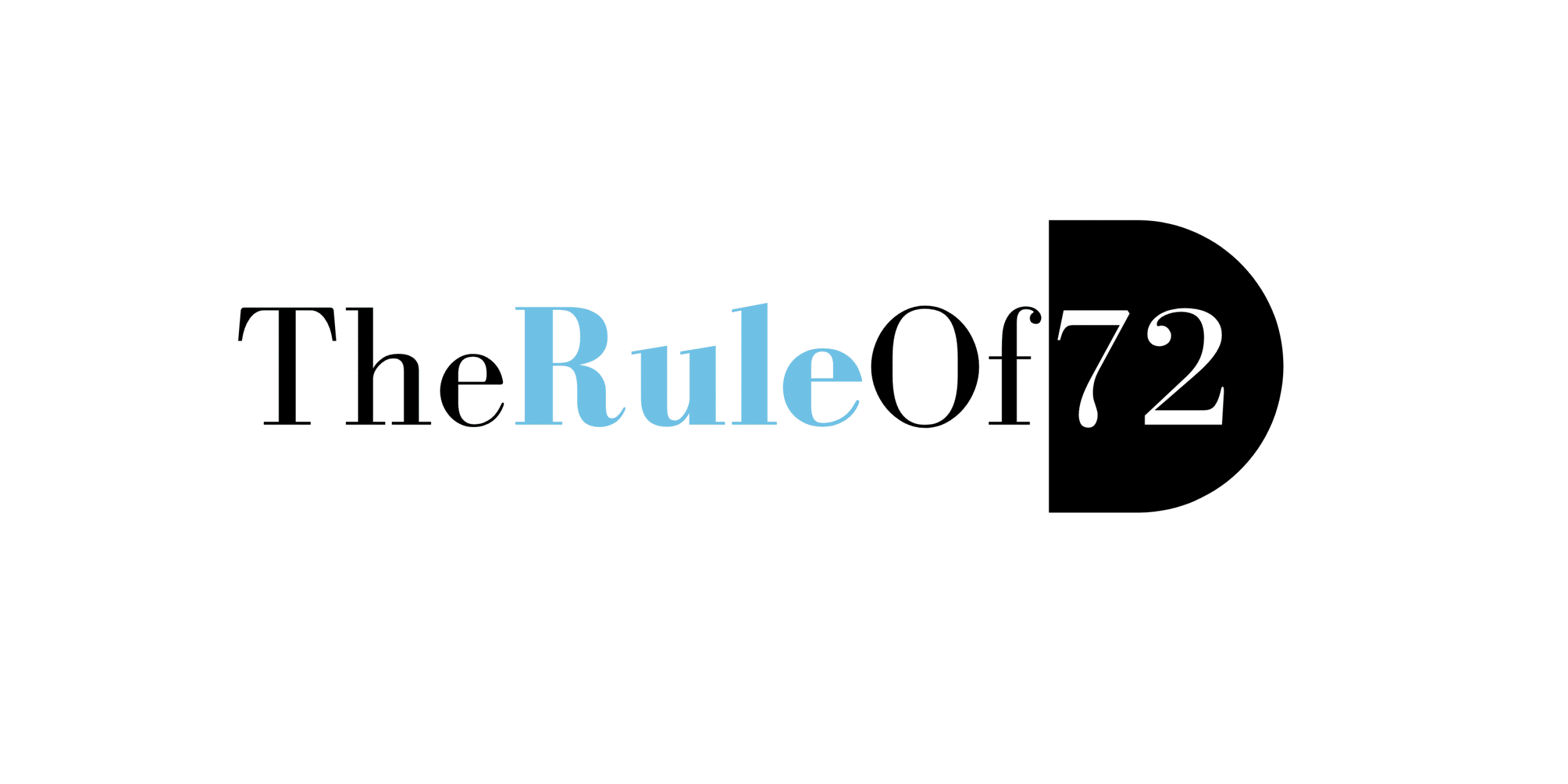Your go to guide for Medicare Advantage Election Periods.

In an ever evolving world filled with change, it only makes sense to adapt in order to come out ahead. Whether it be changing our diet to be healthier, changing our spending habits to save more money or making any other change for our greater good, we should always embrace change with a warm welcome. The same should stand true when it pertains to changing our health insurance policies. If you’re paying more for your medications than you would like to or your plan lacks additional coverage that you need, maybe it’s time for you to switch your Medicare advantage plan. Now as easy as it may sound to change plans, it couldn’t be farther from the truth. In this guide for special election periods, I will go over various examples of different election periods in order to help you better understand how and when to switch plans.
Initial Election Period
One of the first Election Periods that newly eligible Medicare recipients will have would be a seven month window known to many as the initial election period. During the initial election period, new to Medicare recipients may opt to choose either a Medicare advantage plan with or without drug coverage or a Prescription drug plan This election period begins 3 months before a Medicare beneficiary turns 65, includes the month in which they turn 65 and ends 3 months after turning 65 years of age. There is an exception to the seven month window which would only occur in the event that a Medicare beneficiary is born on the 1st day of any month. In that case, the window would start and end one month sooner.
Example of an Initial Election Period
To better illustrate how the initial election period might work for you, let’s go over an example together. Example 1 John who is new to Medicare, will turn 65 years of age in the 20th of June of this year. In his case, he would have the opportunity to enroll into a Medicare advantage or prescription drug plan as soon as March and as late as September. If John would like the coverage to begin as soon as is possible, he could enroll in either March, April or May to have coverage begin the 1st of June. After the month of May, his coverage would begin the 1st day of the following month. So if John enrolls in June, his coverage would begin the 1st of July. This trend of having coverage begin the 1st of the month would continue until the month of September.
Maintaining Dual/LIS Status
Another election period that some Medicare beneficiaries might have would be the opportunity to make a change in their coverage once every three months during the first nine months of the year. This election period will be available to any Medicare beneficiary who happens to have full Medicaid or Extra Help which is also known as LIS. While using this election period, a Medicare recipient may change from his current coverage to either a Medicare advantage plan or a prescription drug plan with an effective date of the 1st of the following month.
Example of the Maintaining Dual/LIS Status Election Period
Example 1 Mary who has both Medicare and Medicaid, would like to change her coverage to a different Medicare advantage plan in her area. If she decides to change plans, she can do so with a frequency of once every 3 months from January all the way up until September. In her case and in the case of anyone who makes a change using this election period, the effective date will always be the 1st day of the following month. So if she makes a change in May, the effective date would be the 1st of June. If she makes a change in February, the effective date would be the 1st of March and so on and so forth.
Change in residence Election Period
If you’re on Medicare and moved to a new residence, this next election period may apply to you. For those of you who have noticed that your plan no longer offers coverage where you reside or if new plan options appear that weren’t available before, it could signify an opportunity to use the change in residence election period to make a plan change. Keep in mind that if you report the change to your insurance plan before you move, you would have the month before you move plus an additional two months in order to switch plans with an effective date of the 1st of the following month. If the change is reported after moving, the Medicare beneficiary would have the month in which the change in residence was reported plus an additional two months to make a plan change.
Example of how to use the Change in Residence Election Period
Example 1 Mark who has had Medicare for years decided to sell his home and move with his wife to a different state in the month of May in order to be closer to his family. If he decides to report the change of residence before moving which would be in April, he would have the opportunity to make a change in the Month of April, May or June with an effective date of the 1st day of the following month. If however, he reports the change in residence after he moves which in this case would be the month of May, he would have the opportunity to make a change in the Month of May, June or July with an effective date of the 1st day of the following month.
Loss of Employer Group Coverage Election Period
Another common election period which might present itself would be one that is available to individuals who have lost creditable employer group coverage which is as good as Medicare. Medicare beneficiaries who lose employer group coverage will have two months after the month in which they lose coverage in order to enroll into a new plan with an effective date of the 1st day of the following month.
Example of how to use the Loss of Employer Group Coverage Election Period
Example 1 Janet who is retiring in the month of November, has just been informed that her employer group coverage will be terminated on the same month as her retirement. In the case of Janet, she would have the opportunity to enroll into a plan two full months after the month of November which is when her coverage ceases to cover her. If she were to choose to enroll into a Medicare advantage plan in the month of December, her coverage would begin the 1st day of January. And if she decides to enroll into a plan in the Month of January, her coverage would begin on the 1st day of the Month of February.
The Annual Election Period
Every year from October the 15th to December the 7th, Medicare beneficiaries will have the right to change their current coverage to better suit their needs. During this seven week window, they may choose to enroll in either a Medicare advantage plan or a prescription drug plan. At the end of the day, the coverage will always begin on the 1st day of January regardless of what plan they choose.
Example of how to use the Annual Election Period
Example 1 Joseph who currently has Medicare would like to make a change to his current form of coverage. He decides to call a tv ad in order to enroll into a popular Medicare advantage plan in October the 23rd.In his case, he will have coverage that will begin the 1st of January. If he decides to change his mind and choose a different Medicare advantage plan, he will be able to do so as long as he makes an application on or before the 7th of December.
Open Enrollment Period
One of the last election periods that will be discussed in this blog post is known to many as the Open Enrollment Period. During this three month window, Medicare recipients who are on a Medicare Advantage plan may choose to switch from one Medicare advantage plan to another or switch to a prescription drug plan if they so desire. One important note that I would like for you to keep in mind would be that this enrollment period is only available to those of you on Medicare who have a Part C plan otherwise known as a Medicare Advantage Plan. Any individual without a Medicare advantage plan will be unable to utilize this enrollment period.
Example of how to use the Open Enrollment Period
Example 1 Kayla who is currently on a Medicare advantage plan, calls an advertisement in the Month of January in order to make a switch. She decides to proceed with a plan switch and will thus have an effective date of the 1st day of February with the new plan that she chose.
Conclusion
If after reading this lengthy post you still have questions in regards to whether or not you may be eligible to make a plan change, feel free to contact me using the following link. Once again, thank you all for taking the time to read this informative blog post and may you have yourself a wonderful rest of the day.





